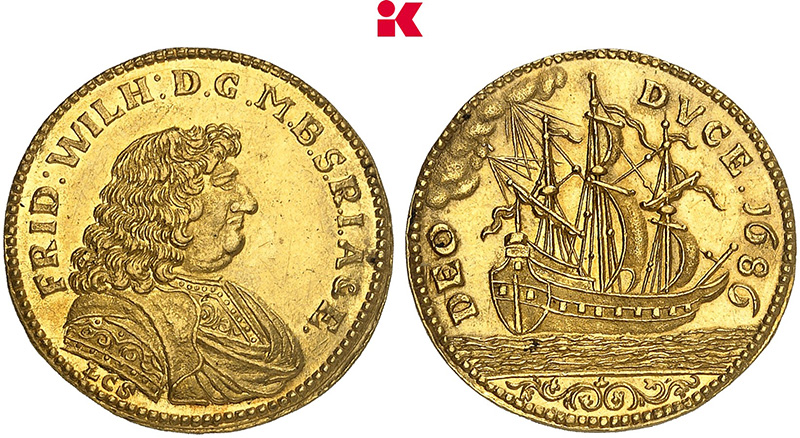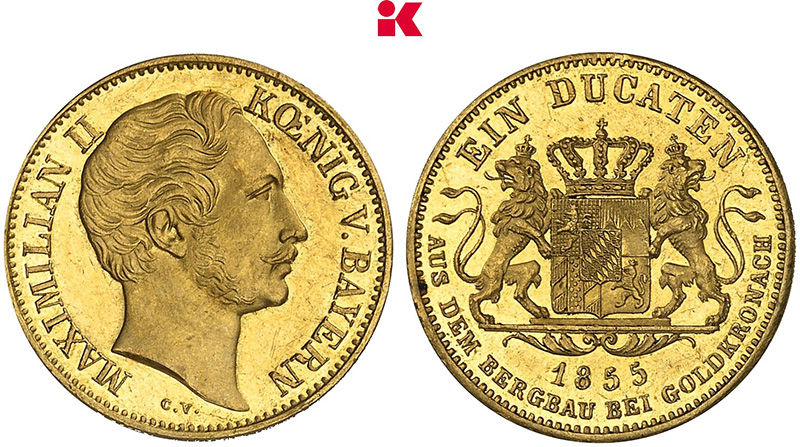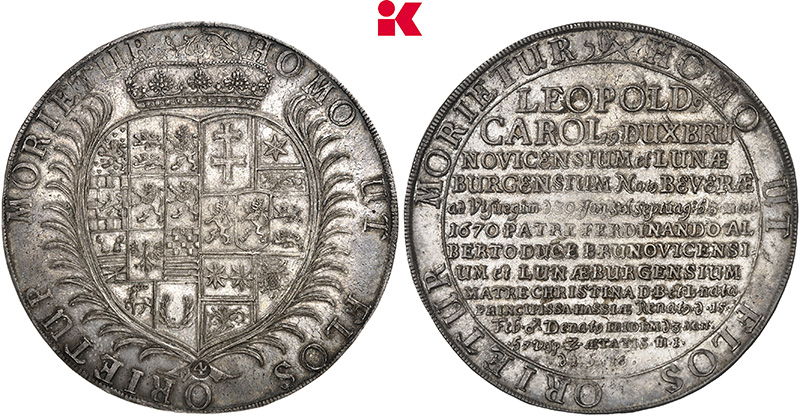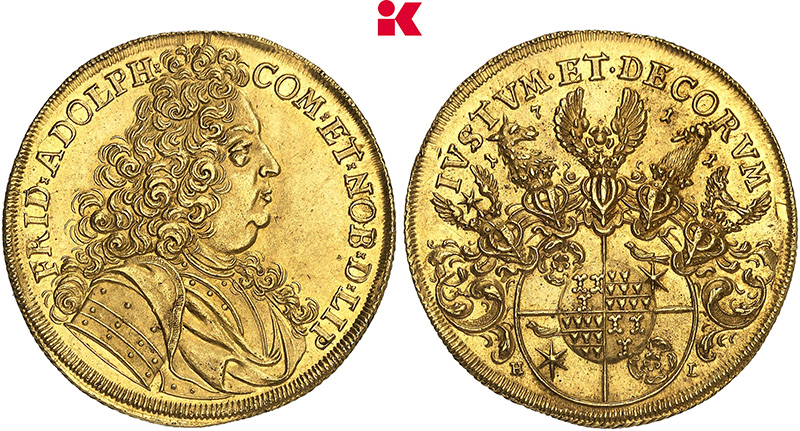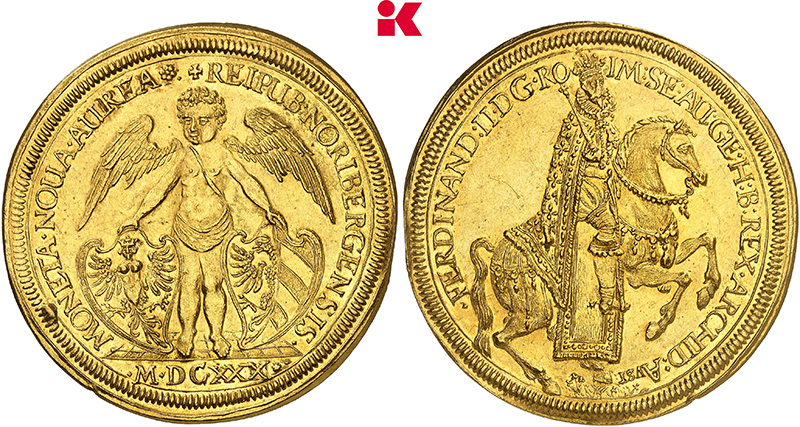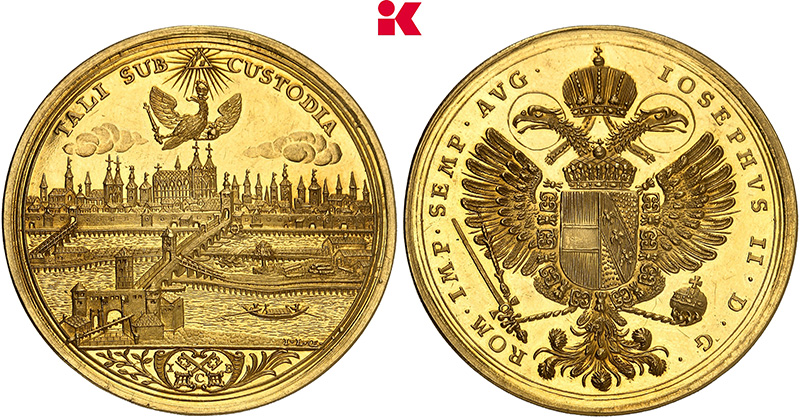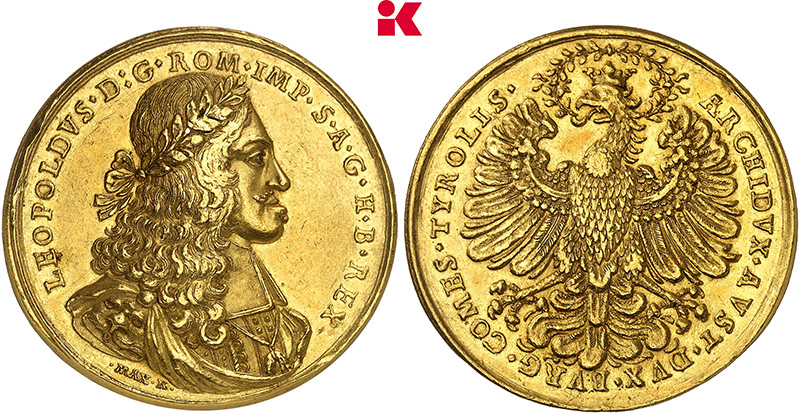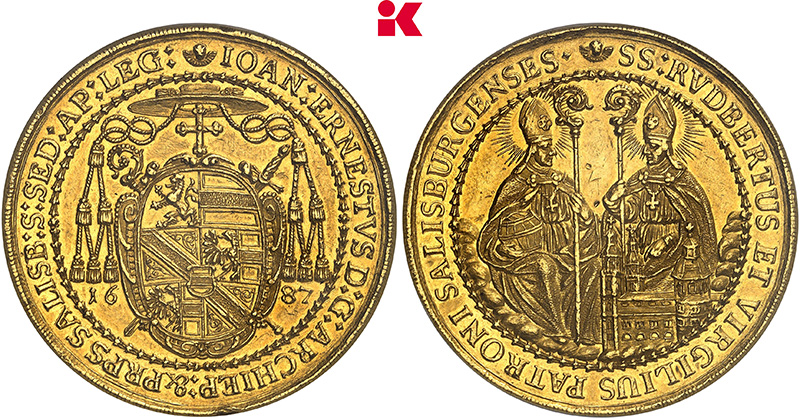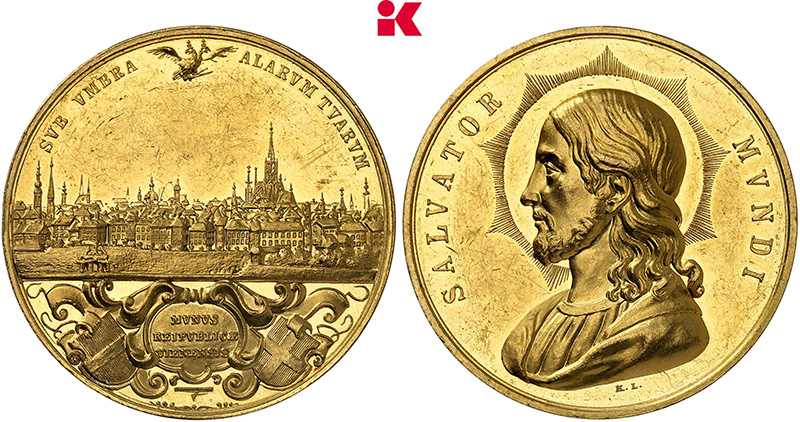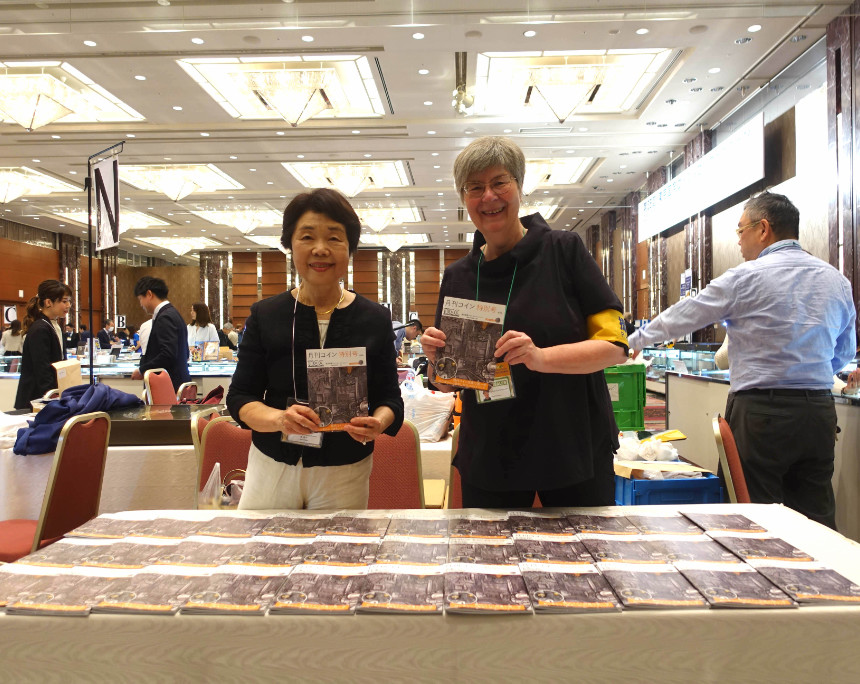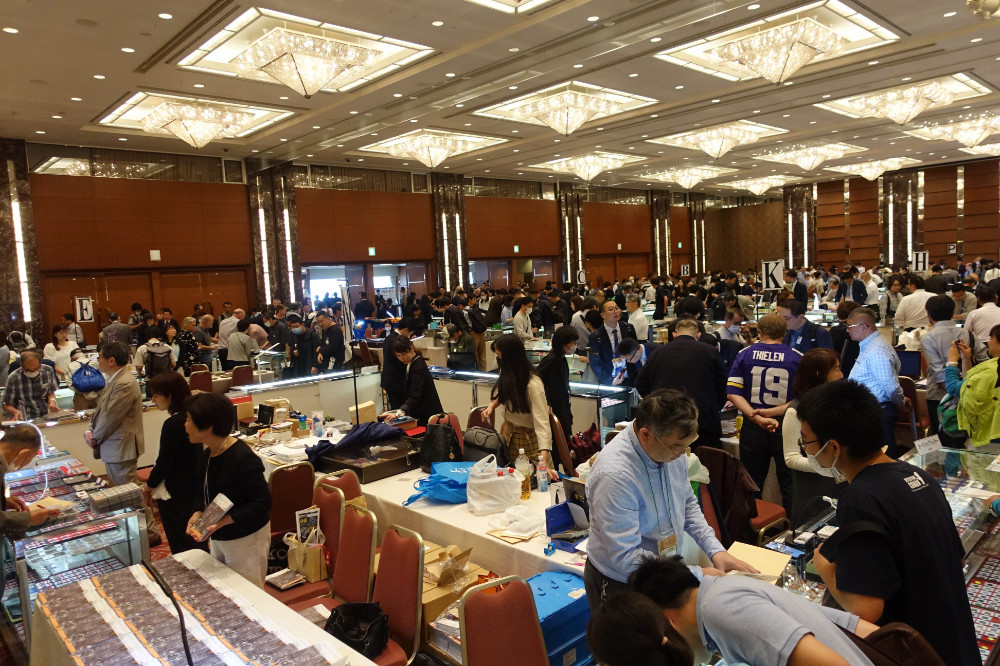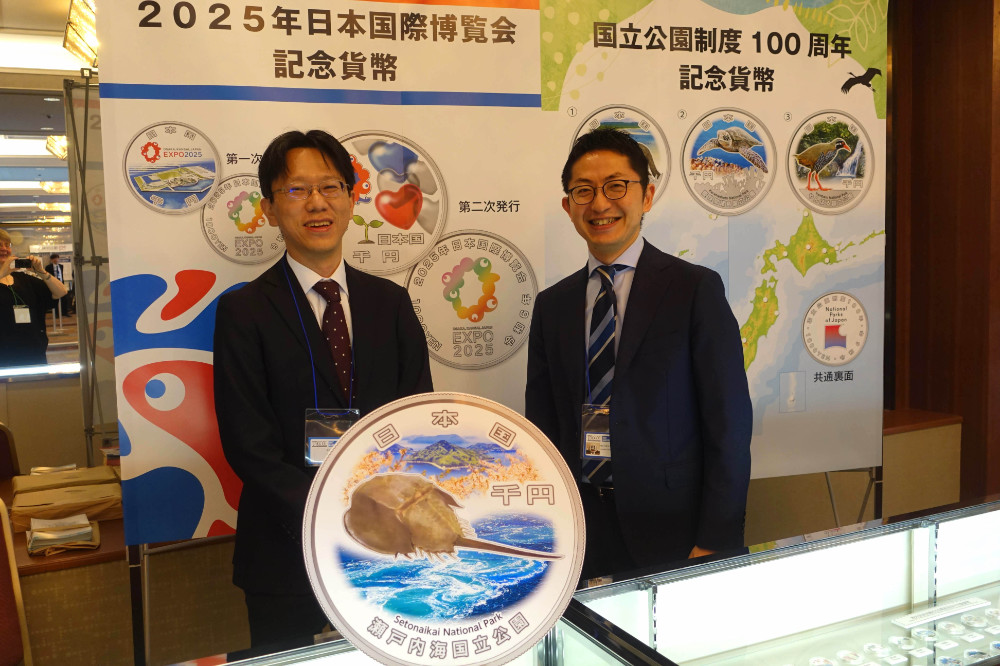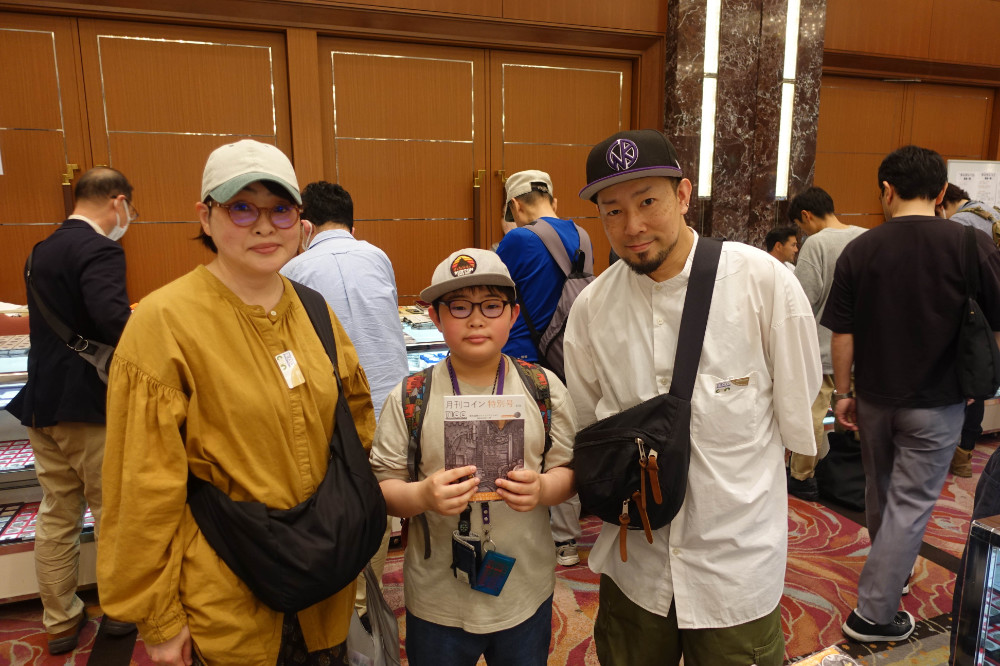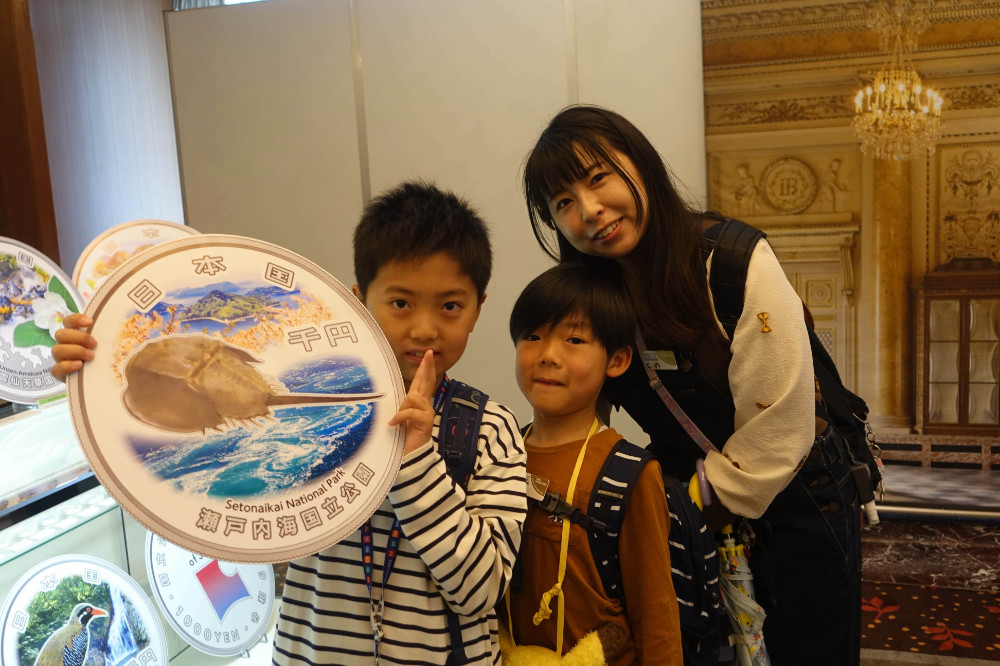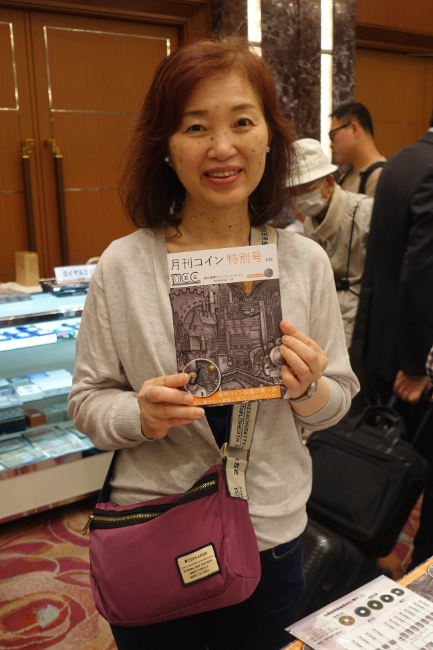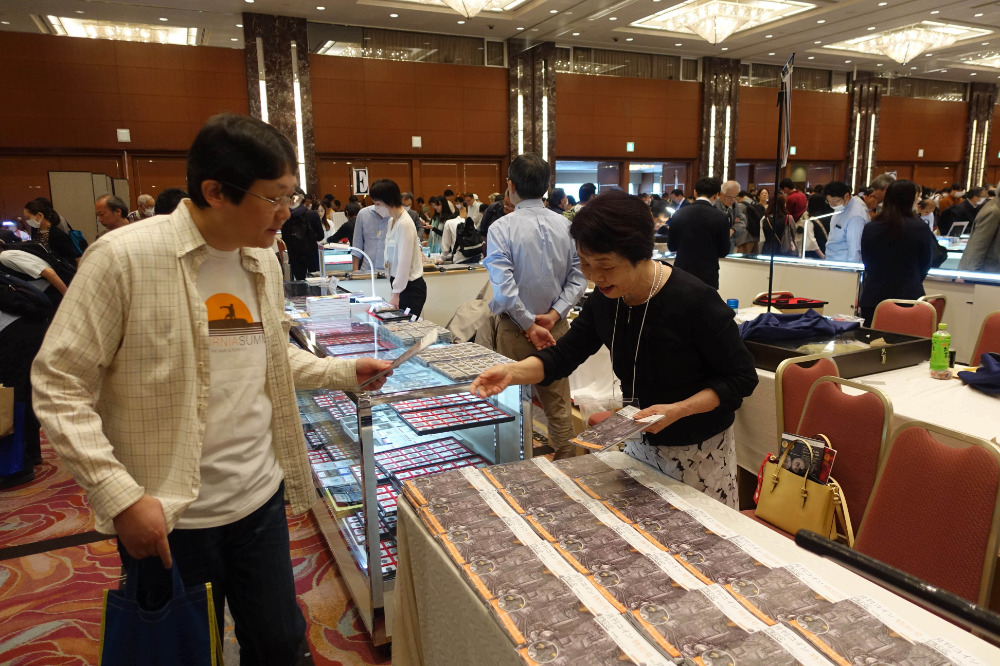What Makes the TICC in Tokyo Different From Other Coin Shows
by Ursula Kampmann, translated by Maike Meßmann
The TICC is the most important coin show held in Japan – a MUST for Japanese collectors. Those who travel there will find an active, young market. And much of what we are used to in Europe does not apply there.
Content
I like Japan. I like how polite the people are, and how well organised everything is. And I like the TICC, the Tokyo International Coin Convention, because it is a bit different from the numismatic events I usually attend.
The Organisers
There is a basic rule that applies to the organisation of coin shows: although there are a few exceptions, in the USA it is usually collectors’ associations and coin clubs that organise gatherings for collectors with an associated coin show; in Europe and Asia, on the other hand, these events are organised by companies. Naturally, this means that the events have different emphases: while US shows focus on the needs of association members, European and Asian events are more commercial in nature. The TICC is a little different because it is neither organised by a coin club nor by a single dealer. Instead, it is held by the Japan Numismatic Dealers Association (JNDA).
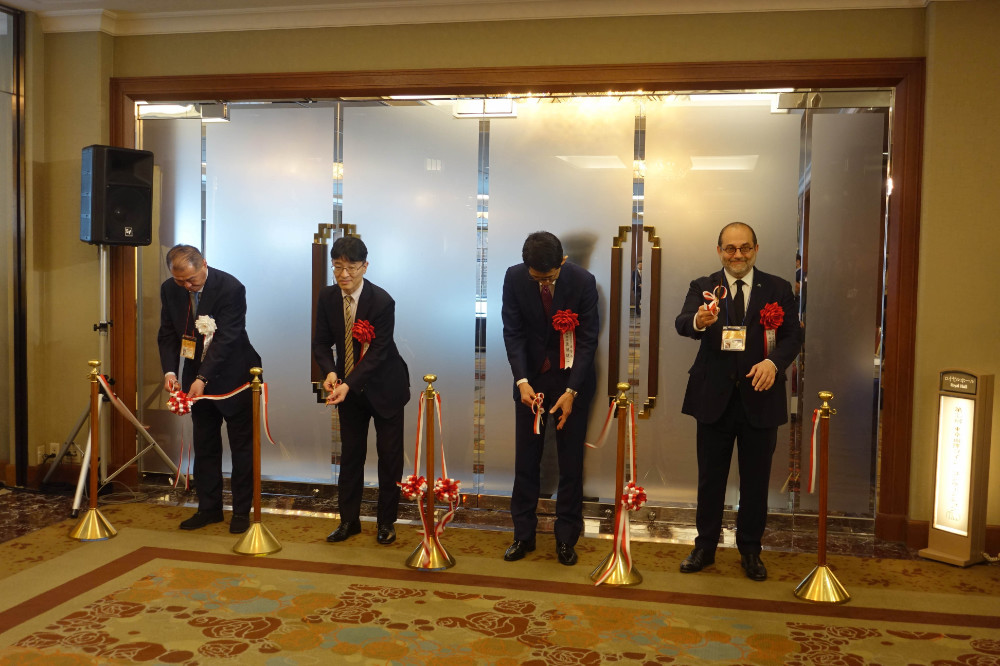
The official opening ceremony of the TICC. The ribbon is cut (from left to right) by the President of the TICC, the Director of Japan’s National Printing Bureau, the Director of the Japan Mint, and the Director of the Monnaie de Paris, as France was the TICC’s guest country 2024. Photo: UK.
The JNDA represents around 90 Japanese coin dealers. It was founded in 1964 when the issuance of commemorative coins for the Tokyo Summer Olympics drastically increased demand. At the time, many new players emerged who did not feel the need to adhere to the high moral standards of the traditional Japanese coin trade. So the JNDA was established to distinguish its members from these new players.
JNDA members enjoy great credibility in Japan. They issue officially recognised certificates of authenticity, and the Japanese Ministry of Finance entrusted the JNDA with the sale of part of its gold reserve: nearly 30,000 coins were sold in several auctions in 2005.
It is important to bear in mind that dealers’ associations expect different things from a numismatic event than individual companies or collectors’ associations. They do not need to make a profit from the event. What is more important is to provide an ideal platform for their members to do business. At the same time, the event should increase the popularity of numismatics among the general public. The TICC succeeds in doing both.
Exhibitors at the TICC: Japanese Companies and a Few Global Players
The fact that taking part in the TICC as a coin dealer is well worth the effort is evidenced by the long waiting list for participants. And there is a strict order. First, tables are allocated to members of the Japan Numismatic Dealers Association. All other tables go to foreign exhibitors. Companies that attend the event regularly are rewarded for their loyalty. There are some no-gos, including leaving your table early. While other events allow coin dealers to decide for themselves when they want to leave, at the TICC everyone follows the official schedule.
Coin dealers are not the only exhibitors at the TICC. Traditionally, the event is also a platform for mints. Many collectors were pleased to see that the Japan Mint had a large stand at this year’s event. Mints can be found in a separate room together with the exhibitions. If you wanted to get to the dealers’ tables, you had to go through this hall.
Visitors at the TICC: Young, Diverse and Very Different
So, who comes to the TICC? To answer this question, we must first consider the date that the JDNA chose for its event. After all, the TICC takes place over a very special weekend. It starts on the Friday before the so-called Golden Week.
Golden Week is the most important holiday period in the whole of Japan. It includes four public holidays, and almost all Japanese take an extra day off to have a full week’s holiday. For Europeans, this is nothing out of the ordinary. But in Japan, it is common for employees not to take advantage of their annual leave. It does not align with the Japanese work ethic to take so much time off. Most people limit themselves to 10 days, and many take less. It is only during Golden Week that everyone indulges in a lavish holiday. In other words: during this week, the whole of Japan is on holiday, and millions of people are looking for ways to make their free time as enjoyably as possible.
By choosing this date, the TICC has managed to achieve two contradictory goals: On the first day – Friday – the hardcore collectors of the older generations attend the show. They no longer have to work, so they can come to the show on a week day. On Friday, the hall is packed from the first to the last minute. The Friday crowd is very similar to what we are used to from European coin shows – and business is excellent!
On the second day – Saturday – the hall is dominated by all those collectors who had to work or go to school on Friday. What is really unusual and very pleasing to see is the high proportion of women, children and young people. On Saturday, there is a really diverse mix of people. And although they do not spend quite as much as the older gentlemen on Friday, there are still impressive sales to be made.
Sunday is a kind of family day. The hotel where the event is held is in the centre of an attractive residential area. Tokyo tourists also take advantage of this free attraction. The hall is well crowded on Sunday, and many families come with their children. Although business is not as brisk on Sundays, the JNDA achieves its goal of making numismatics more popular with the general public.
However, there is one small caveat. Although the current weakness of the yen reduces travelling costs of foreign participants, it also makes their goods more expensive. You have to be prepared for that. Those trying to attract consignors in Japan can benefit from the currency advantage. But those who want to sell will find it a little more difficult than usual.
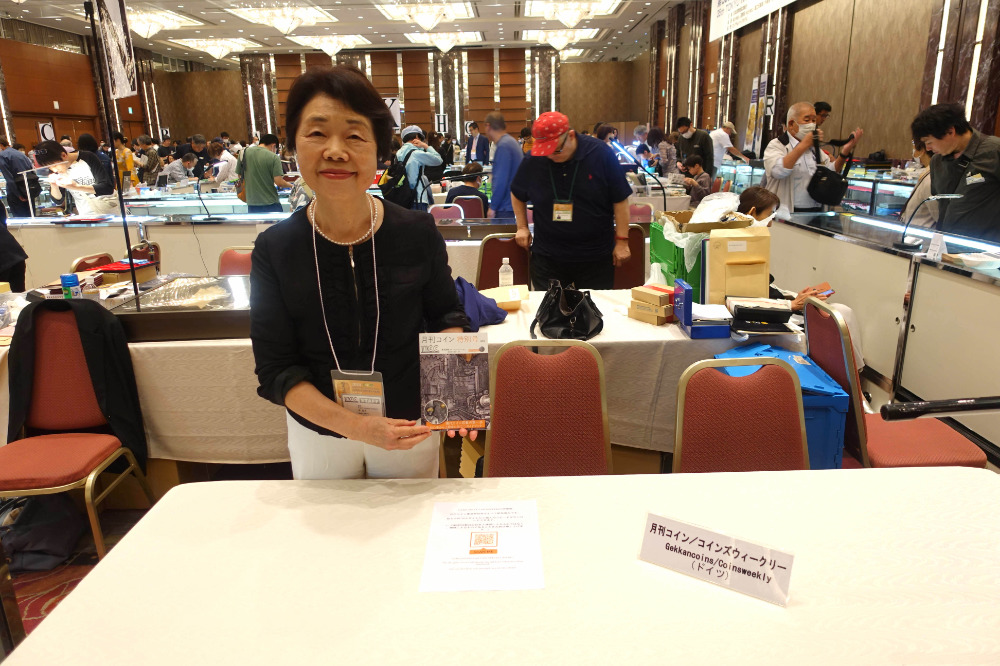
Our GekkanCoins Special Issue 2024 did not last until the end of the event. On the last day, visitors had to download the issue via a QR code from 11 am as there were no more printed copies left. In this picture, our wonderful translator and supporter Seiko Hara is holding the last copy in her hands. Photo: UK.
Conclusion
I like Japan. And I particularly like the TICC because it is so different from European events. The JNDA gives exhibitors the feeling that they are highly valued and very welcome. I would recommend everyone to experience the TICC. It is very special, and very different.







